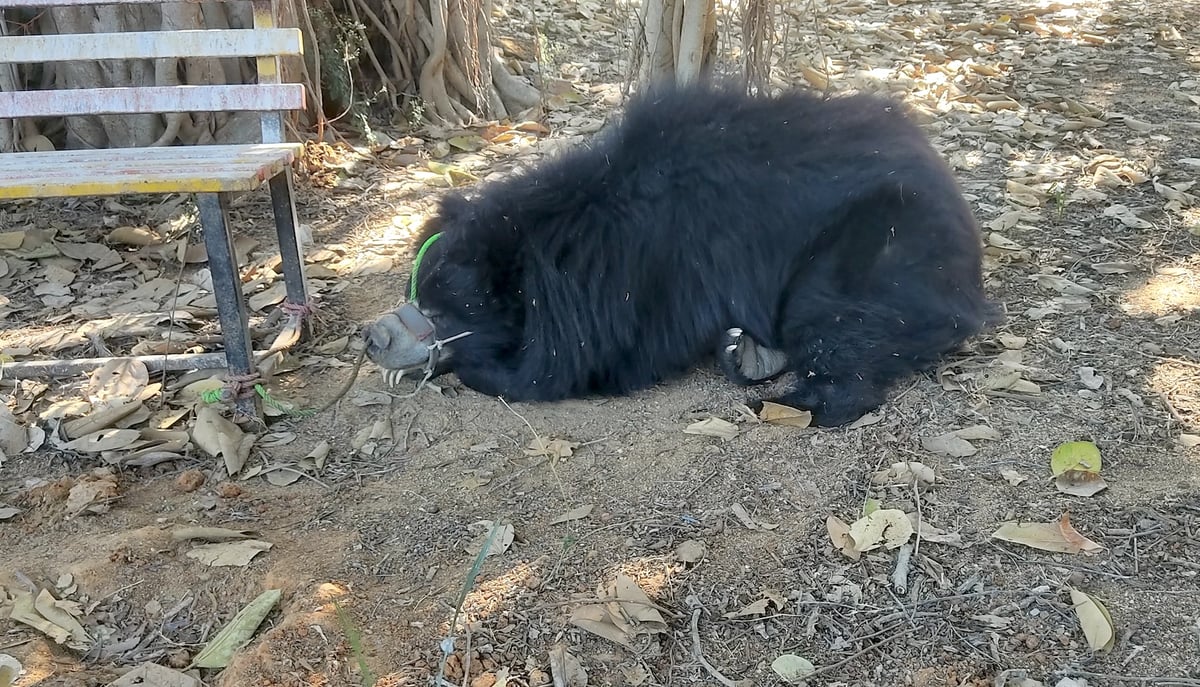Endemic to the Indian subcontinent, Sloth Bear is listed as ‘Vulnerable’ by the IUCN Red List and protected under Schedule I of The WPA.The species is easily identifiable by its shaggy black coat, elongated muzzle, protruding lip, and a distinctive white V-shaped patch on its chest.“This enforcement operation was a culmination of months of surveillance and investigations by the State Forest Department, assisted by the Wildlife Trust of India,” says Jose Louies, Chief of Enforcement, Wildlife Trust of India (WTI), a New Delhi based non-profit advocating for the conservation of environment and wildlife.Last year, also, WTI alerted the Jharkhand Forest Department in conducting successful enforcement operations between September and November 2022, resulting in the rescue of four live sloth bears from the Deoghar and Bokaro Districts.The different state governments in collaboration with non-profits had eradicated ‘dancing’ bear tradition in India by rescuing the sloth bears and rehabilitating the Kalandars through interdisciplinary efforts. Another community based in Nepal ‘Natiya’ engaged in dancing bear profession is also a concern for state enforcement department.“This sudden resurfacing of cases involving the poaching of sloth bear cubs from the wild and their training for performances is deeply concerning. Stopping these instigators is the major challenge to sloth bear conservation today” said Jose.Our team has found that traders from villages in eastern Uttar Pradesh and Bihar are scouting these potential trade areas and placing their ‘demand’ for bear cubs in the local communities. Stopping these instigators is the major challenge to sloth bear conservation today,” said Louies.
Source link
Rising seizures of dancing sloth bears raise alarm of illegal wildlife trade in East India





